Mohs Surgery in San Rafael, CA
Dr. Ravinder Gogia, MD
Mohs Procedure Specialist
About Mohs Surgery
Mohs surgery is a medical procedure that dermatologists such as Dr. Gogia perform to help treat skin cancer. The procedure is also known as Mohs micrographic surgery.
This form of surgical treatment is considered to be the most effective for high-risk skin cancers and has better cosmetic results compared to other skin cancer treatments.
On this page, we’ll walk you through:
If you’re in San Rafael or the Bay Area and want to see an expert in Mohs Procedure, get in touch today.


dr. Ravinder Gogia
Dermatologist
What is Mohs Surgery?
Cancer is something that we all fear and can cause significant distress and worries following diagnosis. Skin cancer is common, with at least 150,000 new cases of skin cancer diagnosed in 2020.
Mohs surgery offers a surgical procedure to help treat skin cancer. It’s not as invasive as some of the other procedures used for cancer. The surgery focuses on removing layers of skin up to the point where cancer is no longer present.
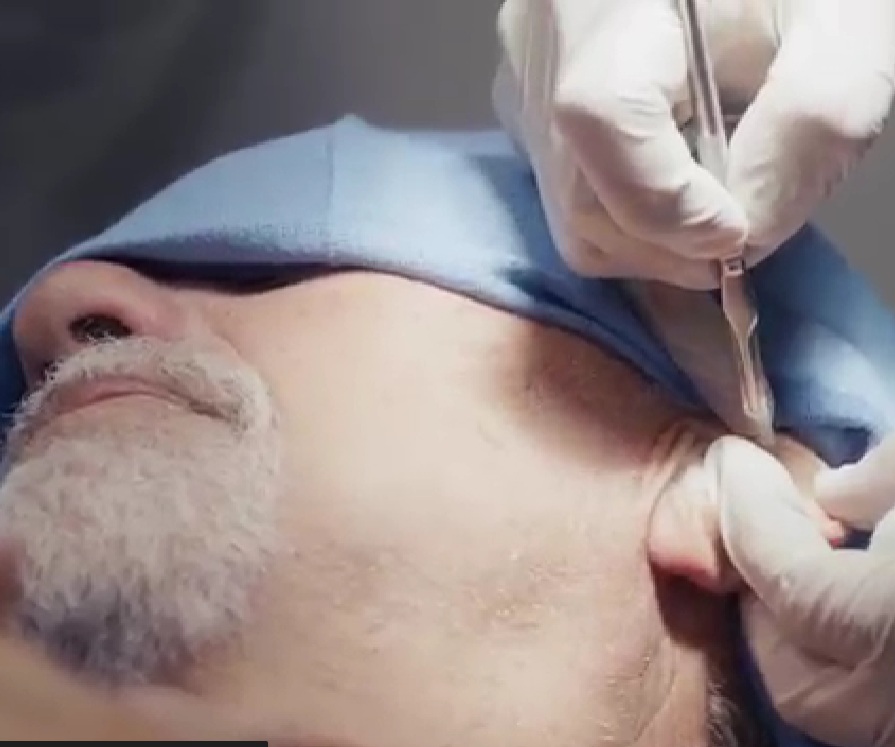
The treatment is good for some types of skin cancers, but not all. You can always talk to Dr. Gogia to get a better understanding if you’re not sure whether Mohs surgery is a good choice for your skin cancer.
The surgical procedure is generally considered to be minimally invasive. Even though layers of your skin are removed during this surgical procedure, it’s done using microscopic tools and often won’t even lead to bleeding.
Using an approach that goes layer-by-layer helps Dr. Gogia remove only the outermost parts of your skin. It keeps the entire procedure as minimally invasive as possible.
Once your skin has healed, you’ll be assessed again to determine whether you need more treatments. You only need to go for additional treatments if there are any remaining signs of skin cancer.
Mohs procedure is a very effective treatment that focuses on removing some tissue surrounding the cancer. This can help to reduce the risk of leaving some cancerous cells behind.
Book a Consultation With Dr. Ravinder Gogia, MD
San Rafael’s Leading Mohs Surgeon
Dr. Gogia is a board-certified Dermatologist and specialist in Mohs Surgery.
We serve areas including:
We can help if you:
Why is Mohs Surgery Performed
Mohs surgery is performed to get rid of cancerous areas on your skin. It’s a procedure that will continue to remove skin layers one at a time until no further signs of cancer can be seen.
This is also one of the reasons why it’s a preferred option for many forms of cancer. Using this method, your dermatologist can be sure that the skin cancer has been removed.
Indications for Mohs Surgery
When it comes to Mohs surgery, there are a couple of indications that Dr. Gogia can consider to help him understand if this is the right procedure. It starts with the type of skin cancer you have.
Mohs surgery can be used for some types of cancers, but not all. Some of the most common forms of skin cancer are treatable using this surgery. These include:
If you have a skin cancer, here are some of the indications that you need to look at to determine if Mohs surgery is the ideal treatment choice:
Recurring Skin Cancer
If you have recurring skin cancer, then there’s a good chance that Dr. Gogia may prefer to use Mohs surgery. This is because previous treatments haven’t removed all affected cells.
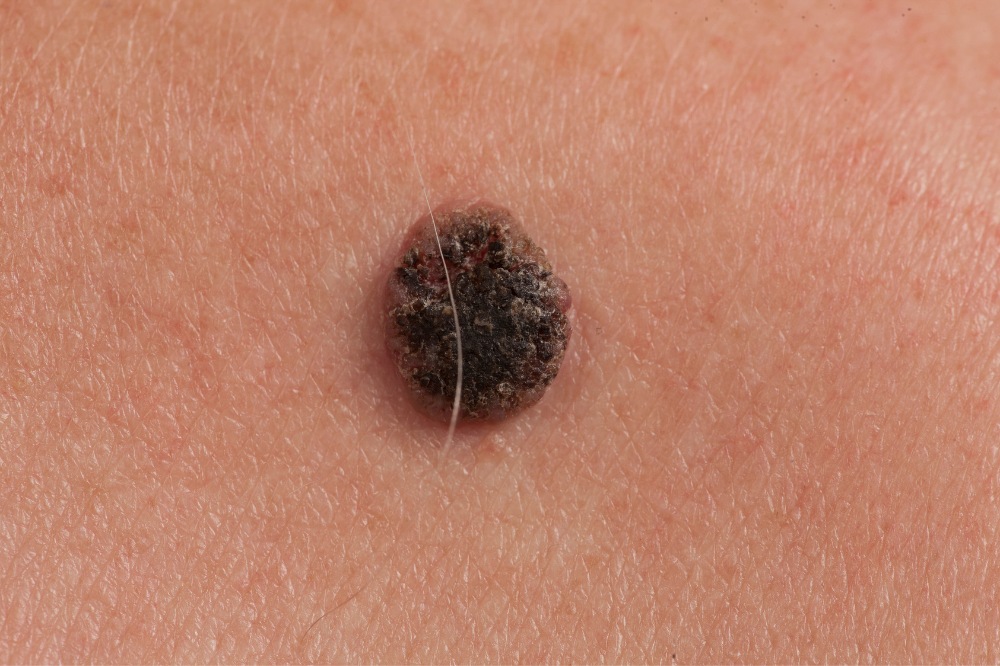
You’ll also notice that it’s the surgery of choice when you have a high risk of experiencing a recurrence of skin cancer – even if you haven’t had this problem before.
Irregular Borders
In cases where the edges of the skin cancer are difficult to properly define or follow, Mohs surgery can help to remove layers of skin that include the entire skin cancer and some of the surrounding tissue.
By removing layers until an unaffected layer is found, we can be relatively sure that your cancer has been fully treated.
Fast-growing lesions
When your skin cancer seems to grow rather quickly, then it can be another indication that Mohs surgery might be the procedure for you. This also accounts for large skin cancers.
Specific Locations
Apart from these indications, certain parts of your skin are better suited to Mohs surgery as treatment. Dr. Gogia might also suggest Mohs surgery as the best option for lesions on your:
That’s because you usually want to preserve as much tissue in the area as possible.
The Surgical Technique
When you have to undergo Mohs surgery, it’s important to understand what you should expect. This starts with a few preparation steps.
You must talk to Dr. Gogia about any medication that you’re taking at the moment. He’ll be able to tell you if you should temporarily stop taking any of these before the surgery. You should also keep in mind that the procedure can last for up to four hours – sometimes even longer.
Another important thing to consider is your clothing. Wear comfortable clothing and make sure you have a way to keep yourself busy during the procedure. The area will only be numbed, which means you’ll be awake for the entire procedure.
For the procedure itself, here’s what you can expect:
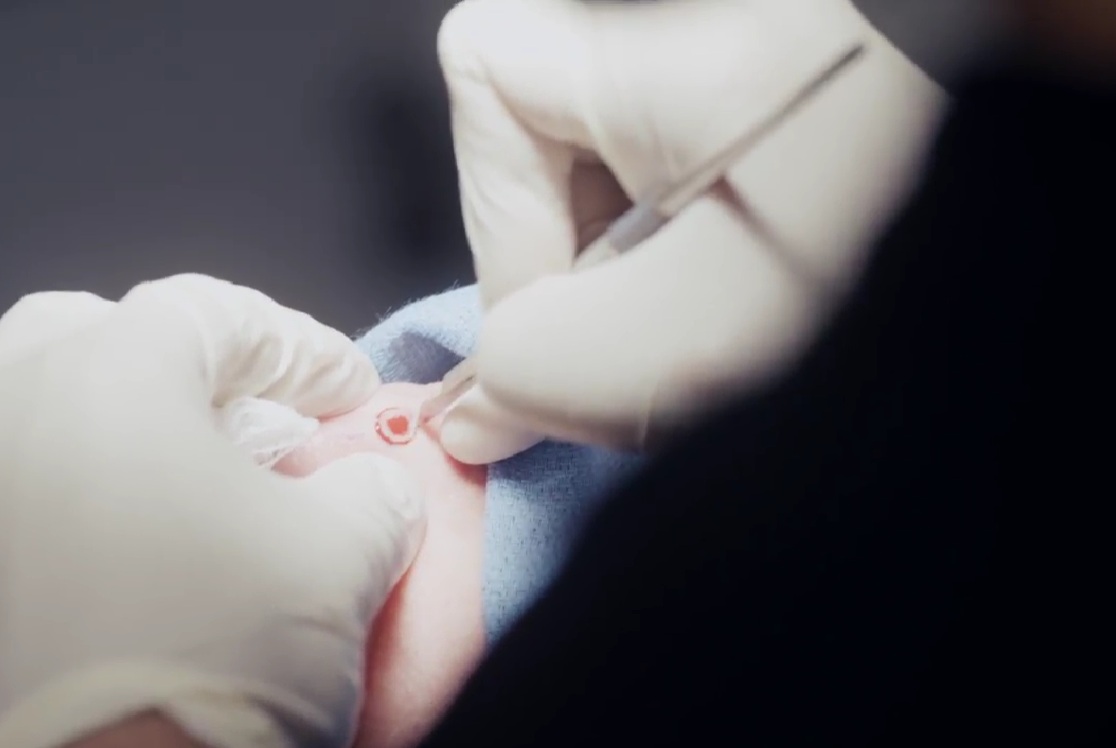
The actual procedure is quick. A scalpel is used to remove a piece of skin – but only from a single layer. In some cases, extra tissue from underneath the layer is also removed. You’ll get a bandage on the wound and advice on wound care.
There are two ways that things can go from here:
Pros and Cons of Mohs Surgery
Mohs surgery is considered a highly effective and successful treatment for skin cancer. However, as with any medical treatment, you need to be well-informed before you make a choice.
That’s why we must take a closer look at the pros and cons. By understanding the risks you’re taking and the potential benefits Mohs surgery can offer, it’s easier to see whether it’s the right procedure to help with your treatment.
In addition to considering the advantages and risks that come with Mohs surgery, you should also consider the alternatives. This is also something that we’ll be covering later on.
Advantages
1. Effective Treatment
Mohs surgery is sometimes considered to be the best treatment choice for skin cancer. This is especially true for for basal cell carcinoma and squamous cell carcinoma.
2. Minimally Invasive
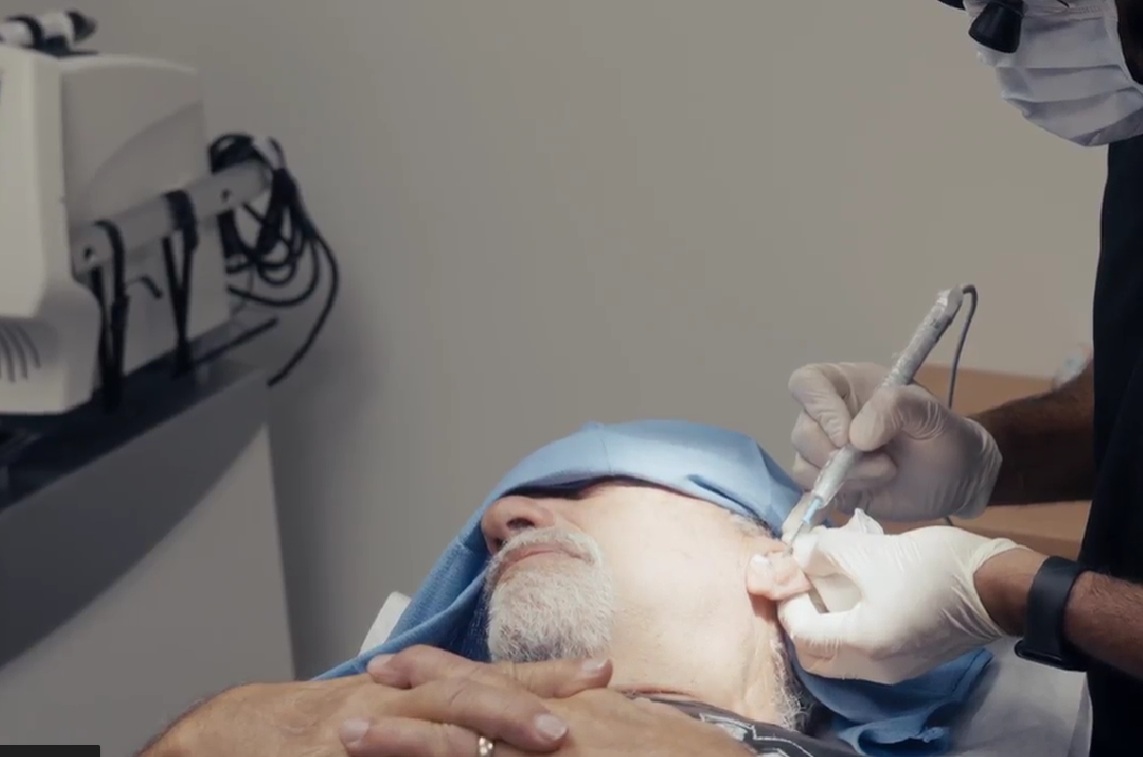
Another major advantage is the fact that it’s not a very invasive procedure. That means you usually don’t have to worry about the surgical procedure leaving deep scars behind.
3. Cosmetic Effects
Most people find that the appearance of the scar starts to fade in about a month – it then takes a while for it to completely disappear. The fact that layers of skin are removed also means the surgery is great for getting rid of all visible cancer
4. Quick Recovery
Recovery is also relatively fast, as most people get their sutures removed in about five to 10 days. The specific time depends on how serious the surgery was, your overall health, and how well you’re recovering.

Risks
There are obvious advantages to using Mohs surgery to get rid of skin cancer, but you also have to understand the potential dangers and risks that lie behind the procedure.
Bleeding
One potential complication that sometimes happens when patients undergo Mohs surgery is bleeding. It’s not a very common occurance, but still something that you have to keep in mind.
Mild bleeding may happen – in this case, you may see some blood on your dressing.
However, if you find that the bleeding is continuous and won’t stop, then it’s a good idea to reach out to Dr. Gogia and his team. There are some cases where medical intervention is needed to stop this type of bleeding.
Other Common Side-Effects
Pain, tenderness, and swelling are also complications that are relatively common after Mohs surgery. These symptoms are usually mild, but there are also cases where they can feel more intense.
Infection
Another potential risk that we should also mention here is infection. If bacteria manage to enter the wound while it’s still healing, there’s a possibility of developing a skin infection. This may cause your pain to worsen and can prevent the wound from healing properly.
Prompt treatment of any infection is key to dealing with this complication.
Alternatives to Mohs
While Mohs surgery is a great choice for certain types of skin cancer, it’s not suitable for every form of this disease. That’s why it’s important to understand all of your options. Apart from the fact that it might not work for a specific type of skin cancer you have, you might want to look at other options due to the risks that come with this surgical procedure.
Let’s consider some of the alternatives to Mohs surgery that you can consider for skin cancer:
Cryosurgery
Also known as cryotherapy, this treatment uses extremely cold temperatures to help remove skin cancer. A liquid solution of nitrogen is used to freeze cancerous growths that show up on your skin.
This helps to destroy cancer cells. Apart from skin cancer, cryosurgery is sometimes also used as a way to remove skin lesions that are considered pre-cancerous.
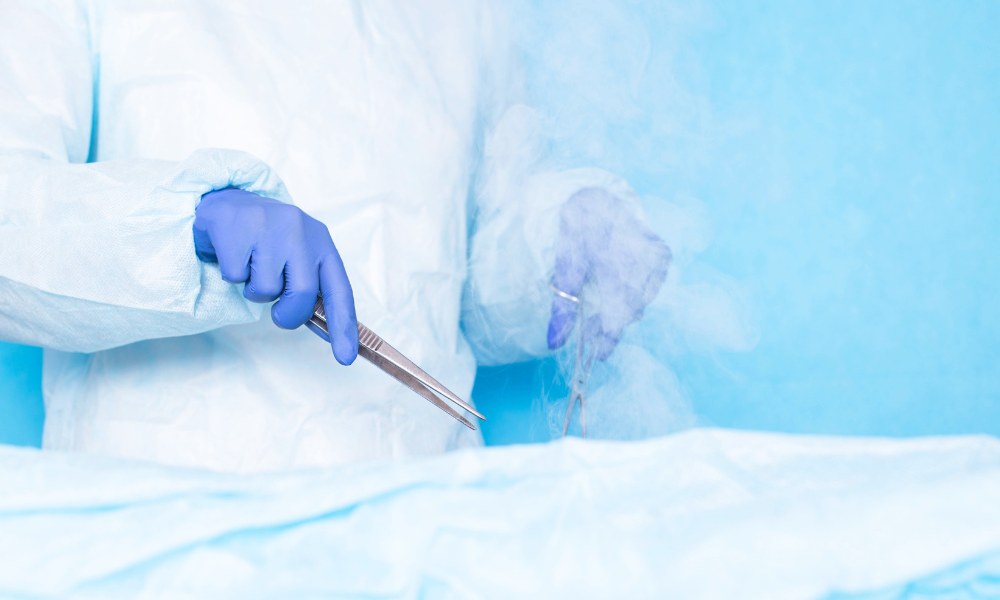
Surgical Excision
There are some cases where skin cancer is also removed through a surgical excision. One thing to keep in mind with this procedure is that it targets not only the area of skin that has cancer but also the surrounding tissue.
This can help to reduce the risk of cancerous cells being left behind – which can cause it to spread. Surgical excision is sometimes the preferred treatment when you’re diagnosed with melanoma.
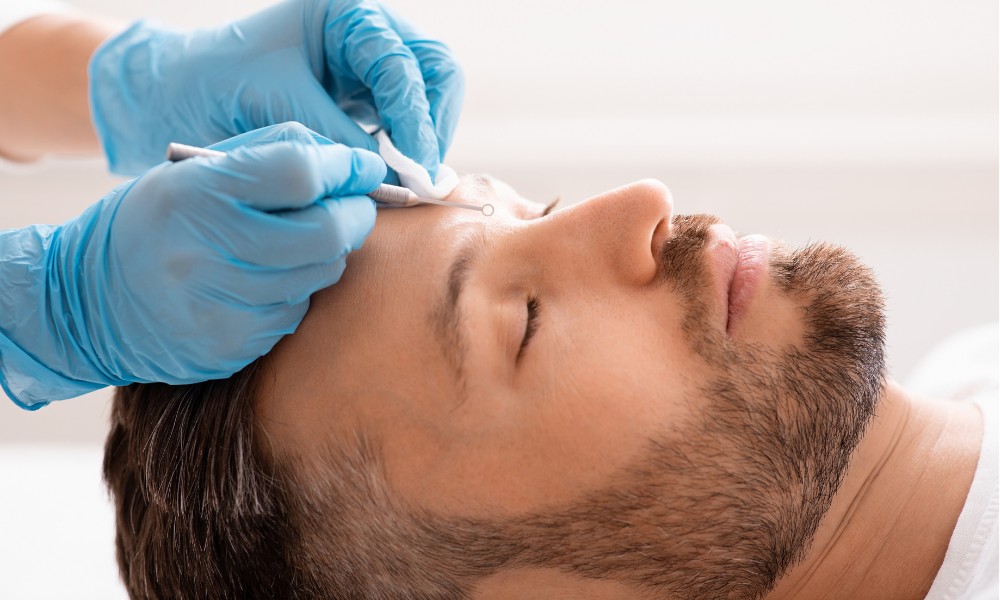
Curettage
Another treatment that focuses on topical removal of your skin. With Curettage, a curette, which is a scraping tool, is used to scrape the area of skin where cancer was detected.
After scraping this area, the next step is to actually destroy any cancer cells that still remain with a tool called an electrocautery needle.
If you’re not sure whether Mohs surgery or an alternative is right for you, then it’s a good idea to talk to Dr. Gogia. He can assess the cancer that was detected on your skin and then suggest the best way to get rid of it – while also keeping your needs and preferences in mind.
Recovery from Mohs
While Mohs surgery isn’t very invasive, it’s still a procedure that can cause you to feel some discomfort. If you have pain, then you should talk to Dr. Gogia. He’ll be able to suggest the best way to manage your symptoms to help with recovery after the Mohs Surgery.
During recovery, consider taking some acetaminophen, also called Tylenol, to help with pain symptoms. You’ll also be asked to use vaseline to keep the wound from drying out. Other than this, there are a few more things you can do to help ease the recovery process.
Ice pack
Swelling is not uncommon after you’ve had Mohs surgery. To help control the swelling, you can take anti-inflammatory drugs (NSAIDs), but an ice pack can also do wonders. Don’t place the ice pack directly on your skin. Instead, wrap a towel around it before you press it onto the area where you had surgery.
Limit some activities
Depending on the area of skin that was targeted during surgery, Dr. Gogia might suggest that you also limit certain activities. This usually involves bending too much or participating in vigorous exercises. This will help to encourage healing and avoid causing damage to the areas the dermatologist performed surgery on.

In most cases, you’ll be able to get your sutures removed within ten days following the surgery. At this time, Dr. Gogia will want to see you to determine if the wound is healing properly. He can also give you more details on whether you’ll have to come back for more treatments with Mohs surgery – that’s the case if there are still signs of cancer on your skin.
While you’re recovering, make sure to have regular check-ups with Dr. Gogia to detect any signs of recurring skin cancer at an early stage.
Conclusion
Mohs surgery offers a less invasive option for people with skin cancer. While surgical procedures are still involved, Dr. Gogia will numb the area beforehand to minimize any pain and discomfort.
The surgery is effective and can be done in multiple sessions. A layer of skin will be removed with every treatment, which helps to get rid of the cancer without the need for radiation, chemotherapy, and the like.
